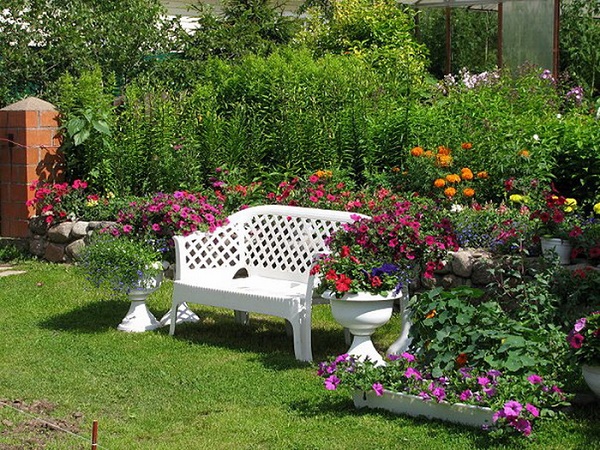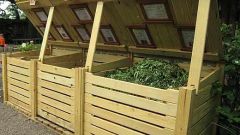Collect radishes and salads
The day before collecting radishes well pour patch. Roots saturated with moisture and will be even juicier. To make radishes last longer, cut off the tops and tail. Cleaning salads start, when the sheet grades 6-9 leaves will appear, and the headed plug diameter reaches 5-10 cm Leaves (cabbages) cut to the ground.
Thin out the plants
Timely thinning vegetable crops contributes to a more rapid formation and development of roots, bulbs, leaf rosettes. So vegetables do not interfere with each other, between the plants-parsley salad leave a distance of 4-5 cm, carrot, onion and garlic 5-7 cm, beets and turnips 8-10 cm
Plant again
Selecting the site for re-sowing of radish, lettuce, fennel, and dig the ground with a bayonet spade, remove the weeds and make fertilizer. Sow the seeds at a depth of 1.5–2 cm Width between the rows of 8-10 cm If the weather is hot, before sowing the beds liberally pour, and then cover with a light non-woven material prior to emergence.
Feeding the flowers
After watering around the peonies, Phlox, iris, asters scatter the ashes at the rate of 1-2 cups per 1 square meter, then lightly loosen the soil. Under the roses make rotted manure, chicken manure (1 kg dilute in bucket of water). If manure no use of mineral fertiliser for roses or flowering plants.
Make compost
- "Cold." Randomly lay in a heap (pit) organic waste: branches, leaves, food waste and so on. All of this will decompose and turn into compost for a year.
- "Warm". Put layers: brown (branches, sawdust, hay, etc.), the "greens" (food scraps, weeds, leaves, etc.), accelerators of maturation (bird droppings, earth, etc.). This compost will be ready in 4-6 months.

